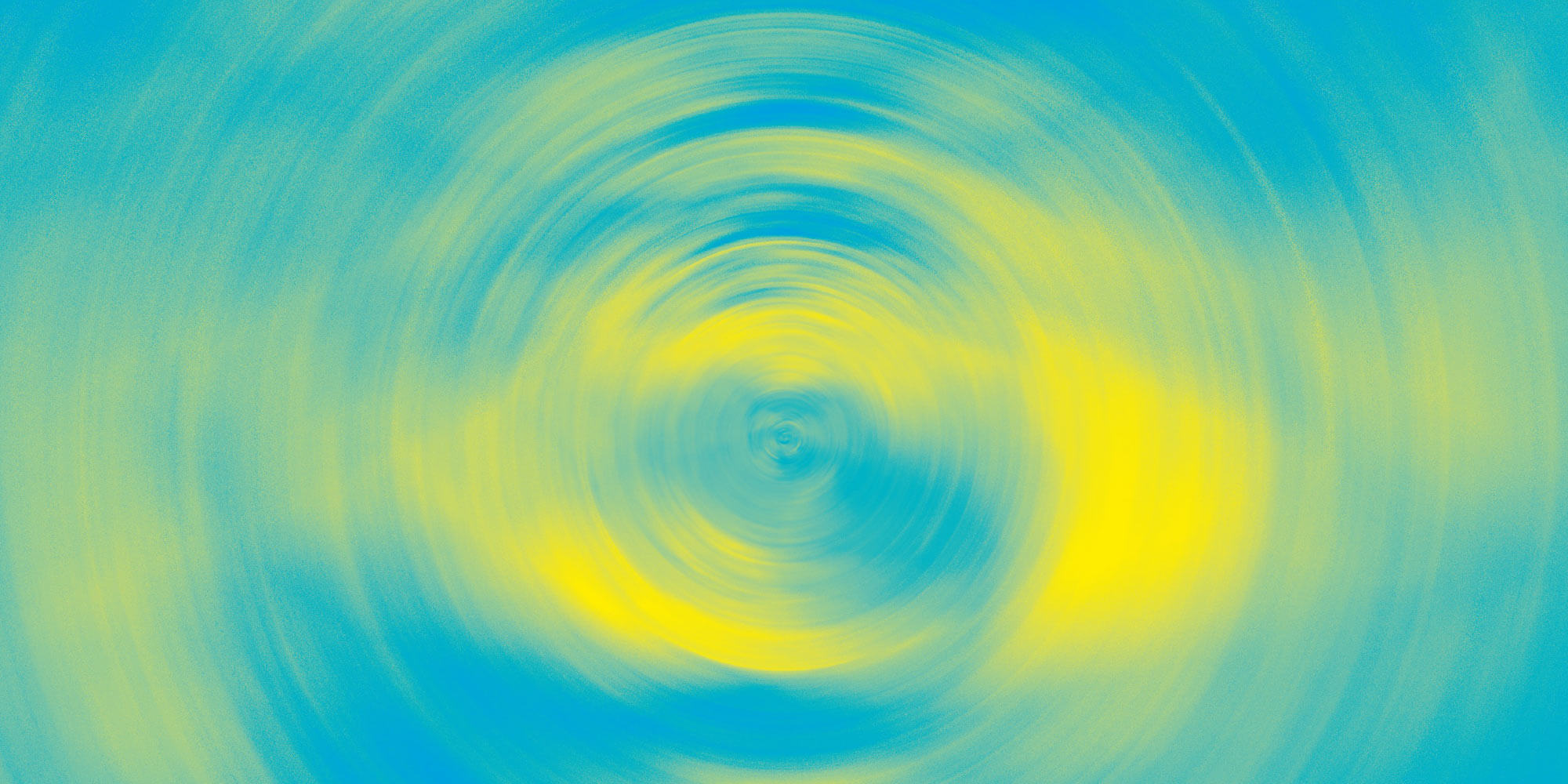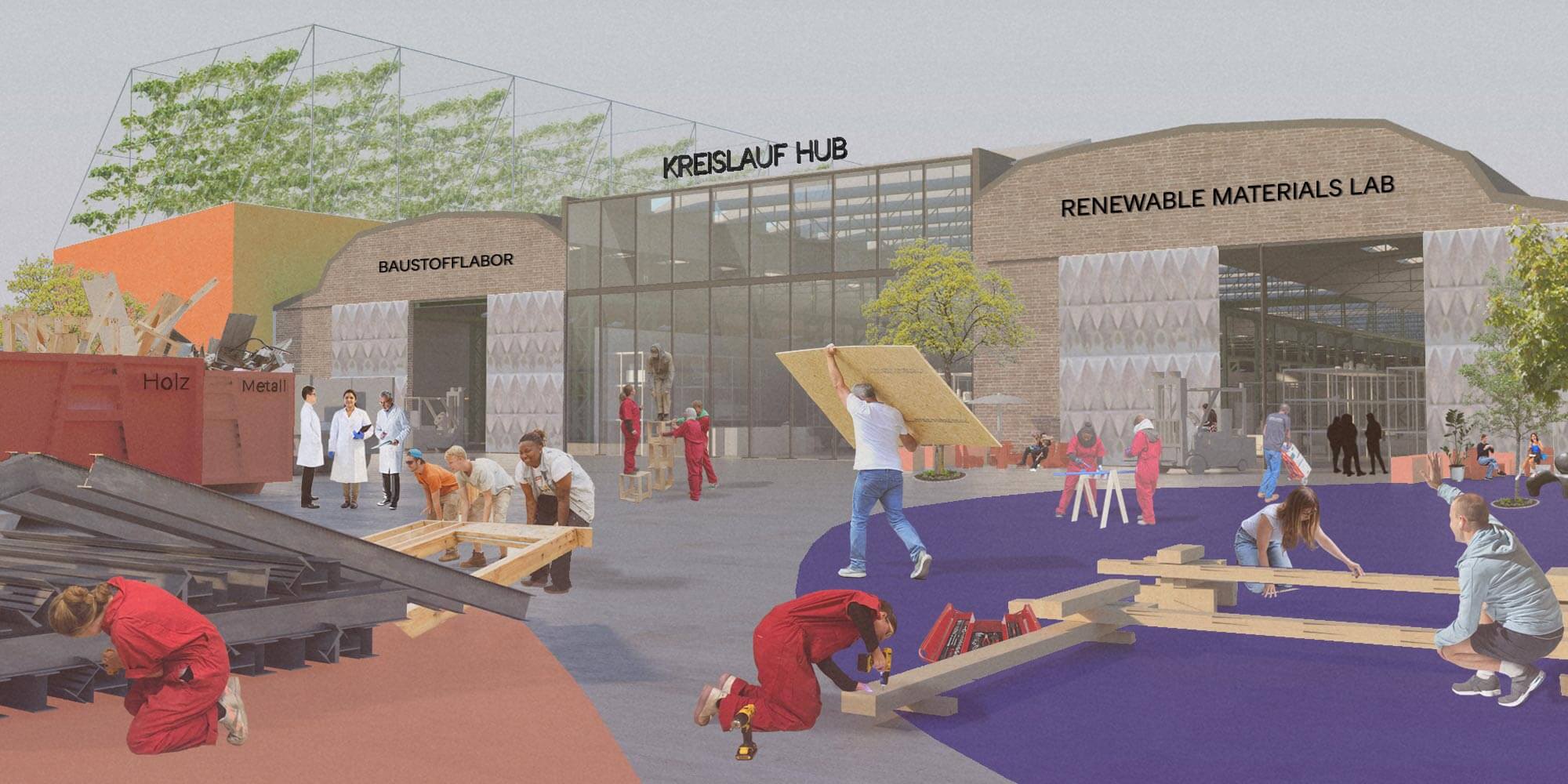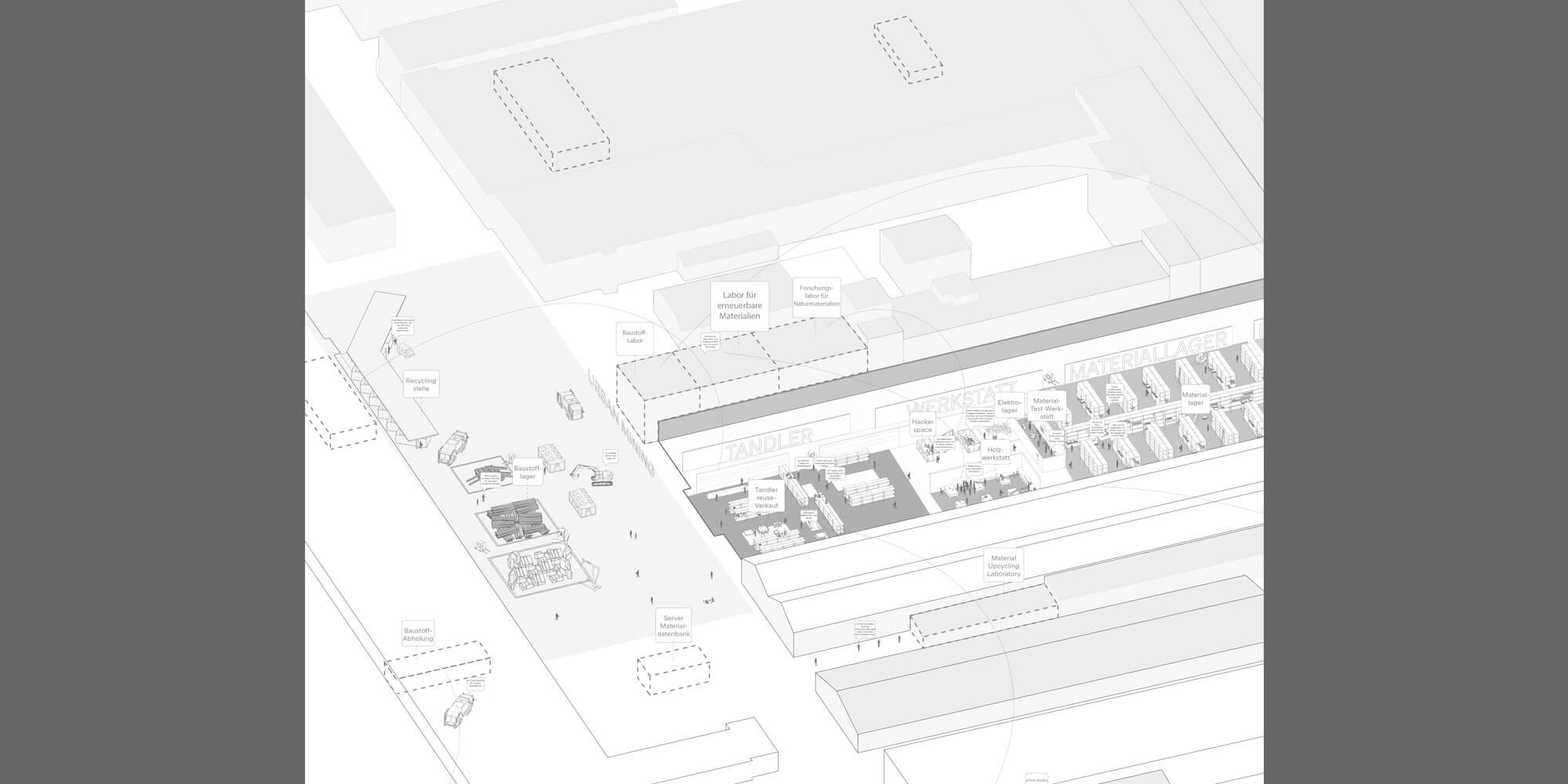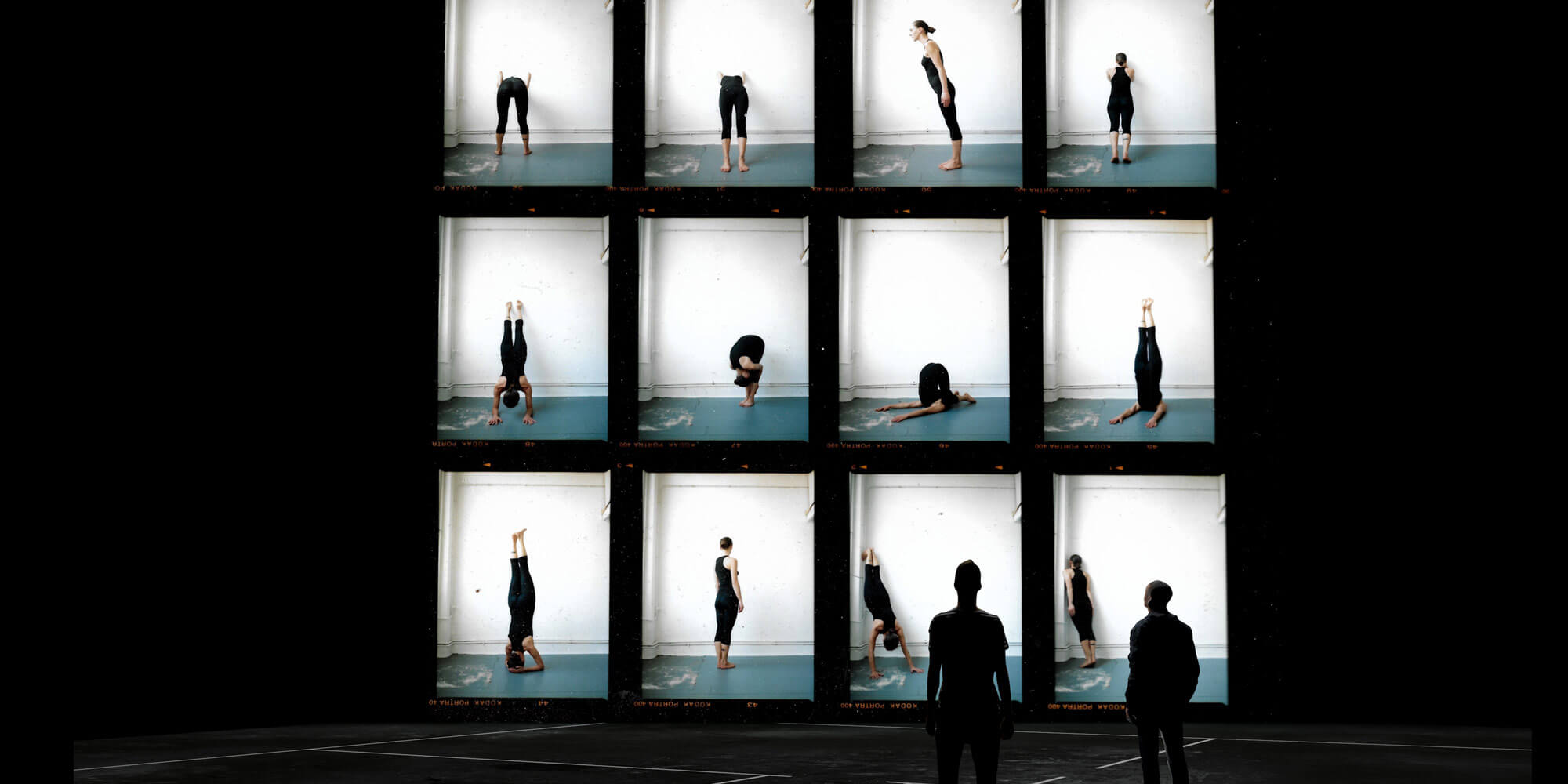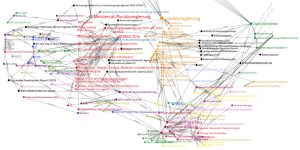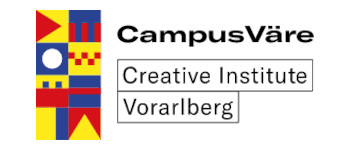Transformative design concepts for hybrid spaces
Taking the notion of “disruptive innovation” as a starting point, the Garden Vorarlberg aims to challenge prevailing, techno-economically driven ideas of future development. The increasing evidence that growth-based developmental trajectories are incompatible with the goal of respecting biophysical planetary boundaries, necessitates a planet-centric design approach, which advocates for a more holistic view of innovation. Applying the disruptive design method, current questions regarding leveraging systems change for positive social and environmental outcomes are addressed by exploring visions of community as well as the association between spatial imaginaries and material practices. The focus is on the friction zones and interactions between public and private spaces, between absence and presence, visibility and invisibility, where digital architectures come into view just as much as physical spatial constellations and psychogeographies. Disruptivity is used as both a metaphor and a format of collaborative knowledge production that brings together the perspectives of pioneers of change and the civil society with those of designers and artists in a transdisciplinary, participatory design research process to experiment with alternative models of thinking and intervention with the aim of developing transformative spatial concepts. Oriented towards a transdisciplinary, participatory design research process, this garden consists of a nomadic program combining playful explorations and tracking with workshops hosted by designers and artists, as well as local initiatives and a symposium to discuss and reflect on the approaches, findings, interventions and models developed.
Video
Credits
Vorarlberg Museum, play:vienna – Verein zur Förderung des Spiels im öffentlichen Raum,
Mostlikely – Architecture Design Research, Salon Flux.
Media partner: ORF Vorarlberg
